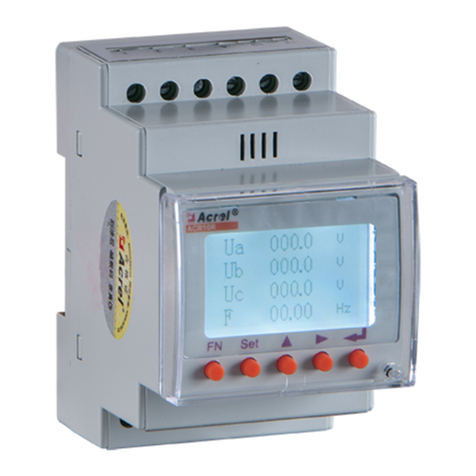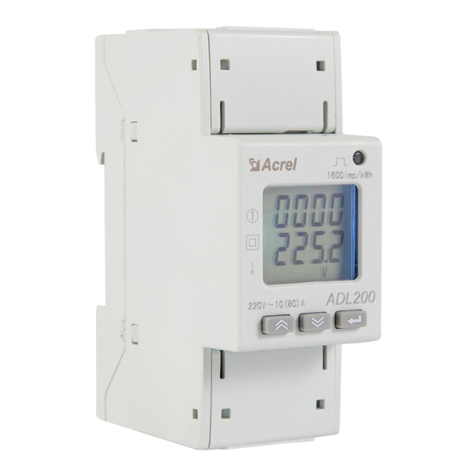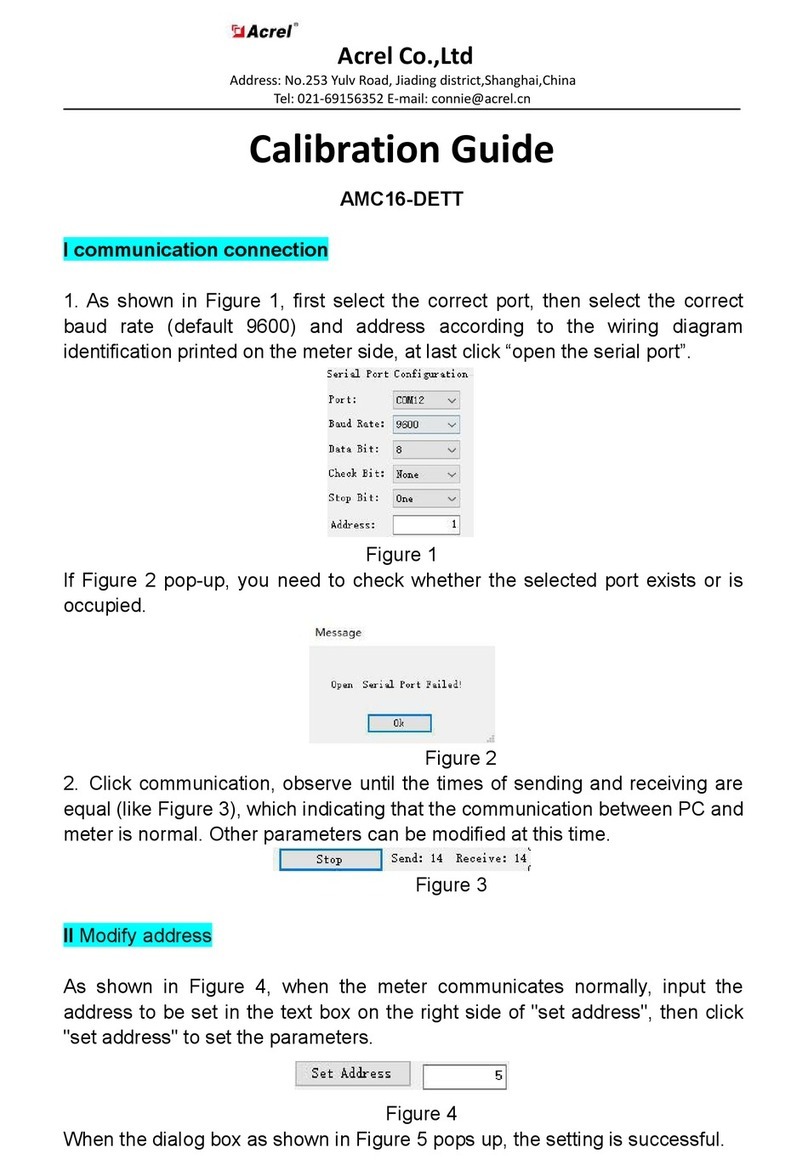Acrel AIM-R100 User manual
Other Acrel Measuring Instrument manuals
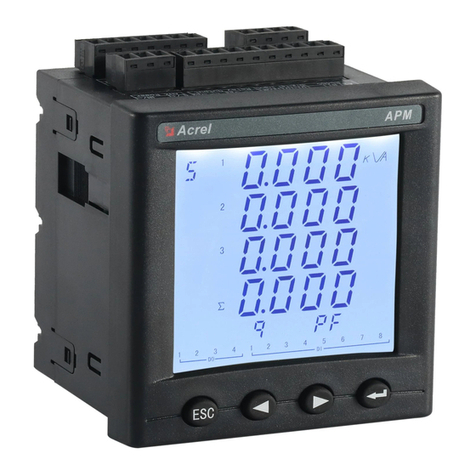
Acrel
Acrel APM830 Owner's manual
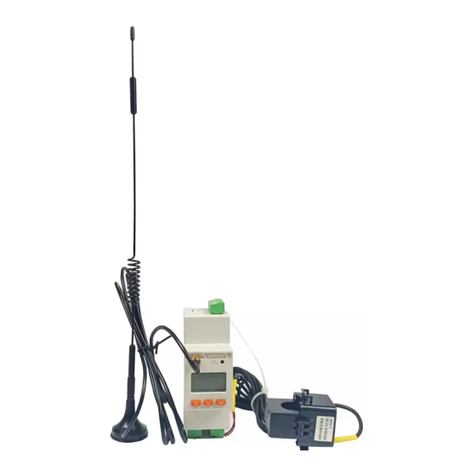
Acrel
Acrel ADW310 Guide
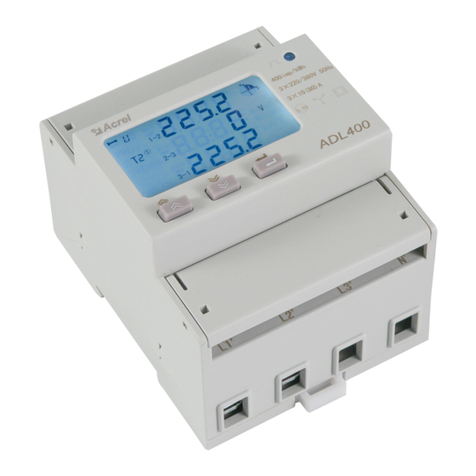
Acrel
Acrel ADL400 Owner's manual
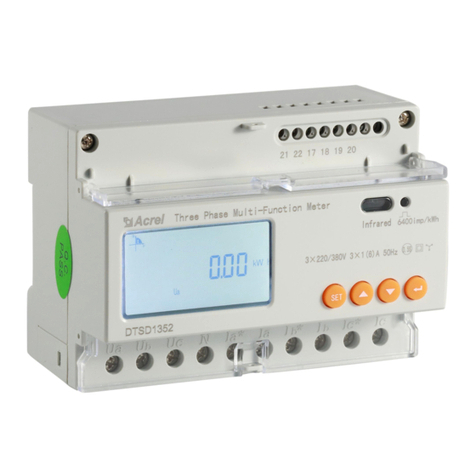
Acrel
Acrel ADL3000-E Owner's manual
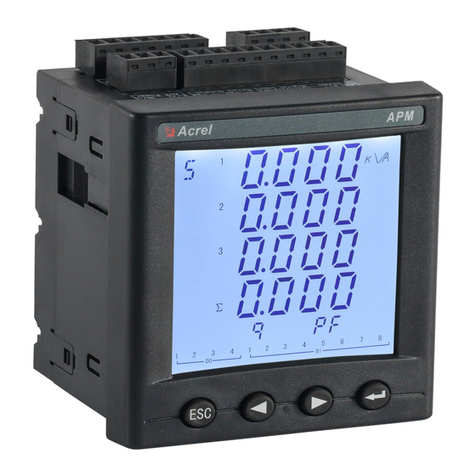
Acrel
Acrel APM Series Owner's manual
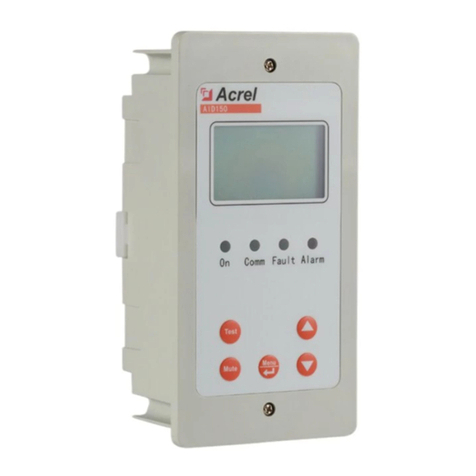
Acrel
Acrel AID120 User manual

Acrel
Acrel AMC Series Owner's manual
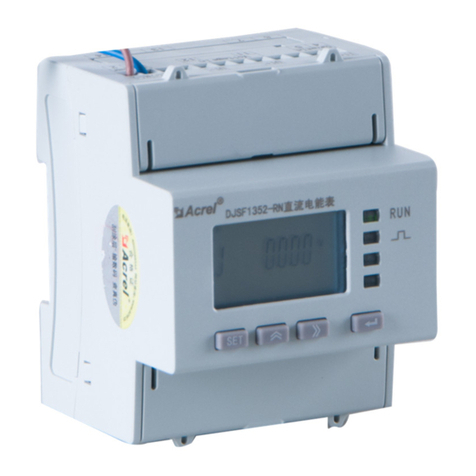
Acrel
Acrel DJSF1352-RN Owner's manual

Acrel
Acrel ADW310 Quick guide

Acrel
Acrel ADL400 Owner's manual

Acrel
Acrel AGF-AE-D/200 User manual

Acrel
Acrel AID120 User manual
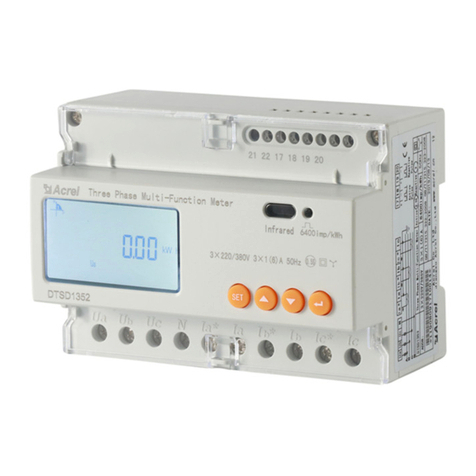
Acrel
Acrel DTSD1352 Owner's manual
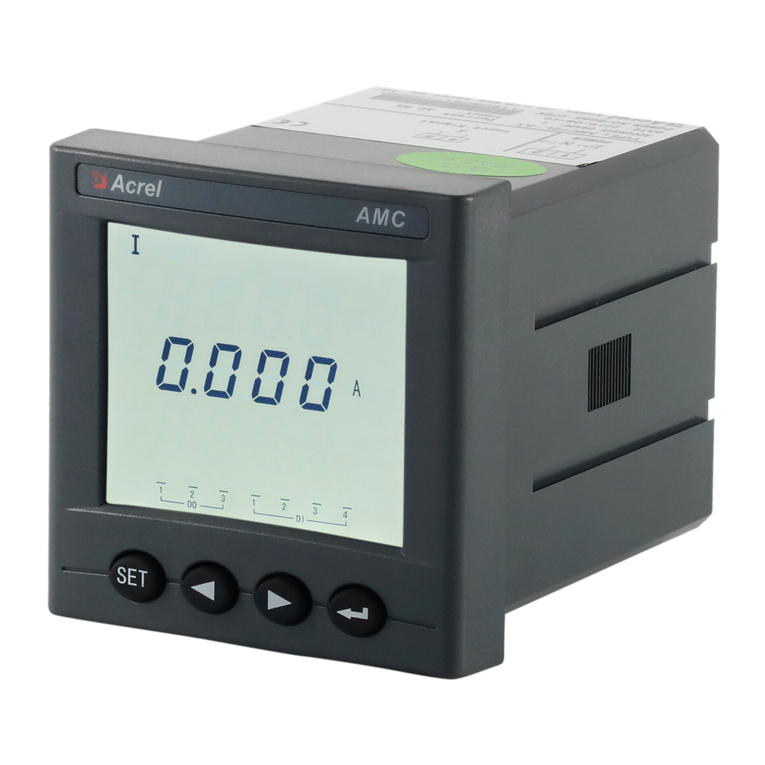
Acrel
Acrel AMC Series Owner's manual

Acrel
Acrel AMC Series Owner's manual

Acrel
Acrel AMC Series Owner's manual

Acrel
Acrel ADL400 Owner's manual

Acrel
Acrel ADL400 Owner's manual
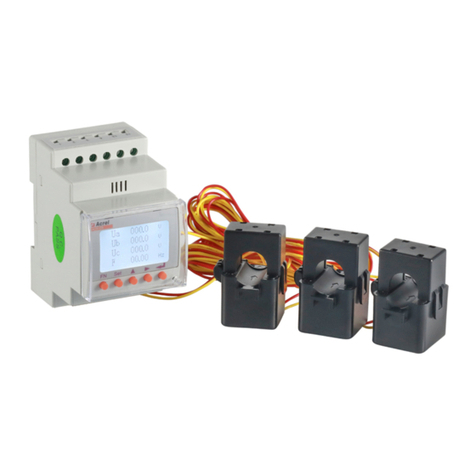
Acrel
Acrel ACR10R Series Owner's manual
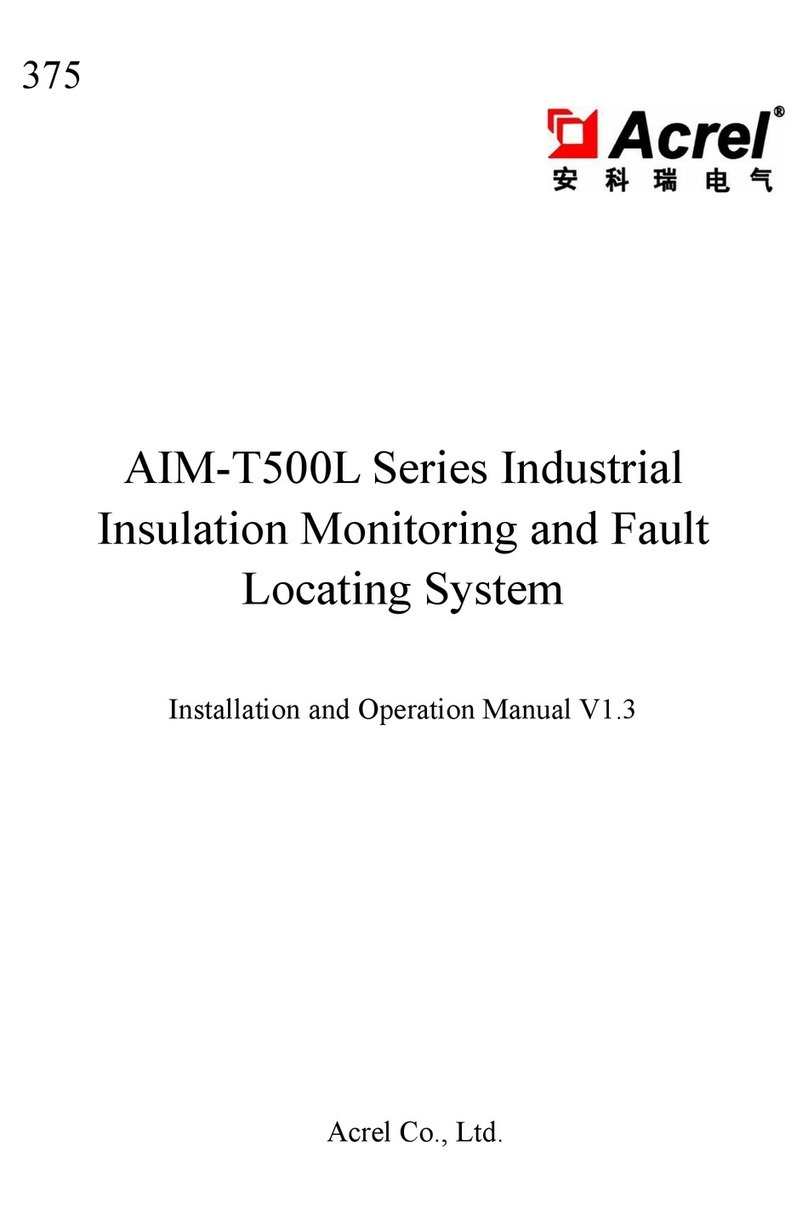
Acrel
Acrel AIM-T500L Series User manual
Popular Measuring Instrument manuals by other brands

Powerfix Profi
Powerfix Profi 278296 Operation and safety notes

Test Equipment Depot
Test Equipment Depot GVT-427B user manual

Fieldpiece
Fieldpiece ACH Operator's manual

FLYSURFER
FLYSURFER VIRON3 user manual

GMW
GMW TG uni 1 operating manual

Downeaster
Downeaster Wind & Weather Medallion Series instruction manual

Hanna Instruments
Hanna Instruments HI96725C instruction manual

Nokeval
Nokeval KMR260 quick guide

HOKUYO AUTOMATIC
HOKUYO AUTOMATIC UBG-05LN instruction manual

Fluke
Fluke 96000 Series Operator's manual

Test Products International
Test Products International SP565 user manual

General Sleep
General Sleep Zmachine Insight+ DT-200 Service manual
